There are three primary microphone types on the market today: dynamic, condenser, and ribbon mics, with each one being used for a slightly different purpose. Another common type of microphone is the USB mic, which isn’t all that different from a condenser microphone. In fact, most USB microphones are typically condenser mics but with an A/D digital converter installed in them. So what is a USB condenser mic?
A USB condenser microphone is a mic that uses a USB cable for power, rather than 48v phantom power via an XLR cable. It also has an in-built analog-to-digital converter. USB condenser mics are ready to use out of the box because of their A/D converter and USB power.
To put it simply, the term, “USB condenser microphone,” is a bit redundant, in the sense that most USB mics are actually condenser microphones. It’s similar to calling someone a Chinese person from China; it’s just redundant and unnecessary. Most people use USB mics as a way of getting around having to carry an audio interface or XLR cables. They’re ready to use straight away because of their in-built A/D converter and USB input.
Explaining USB Condenser Microphones – What Are They and How Are They Used
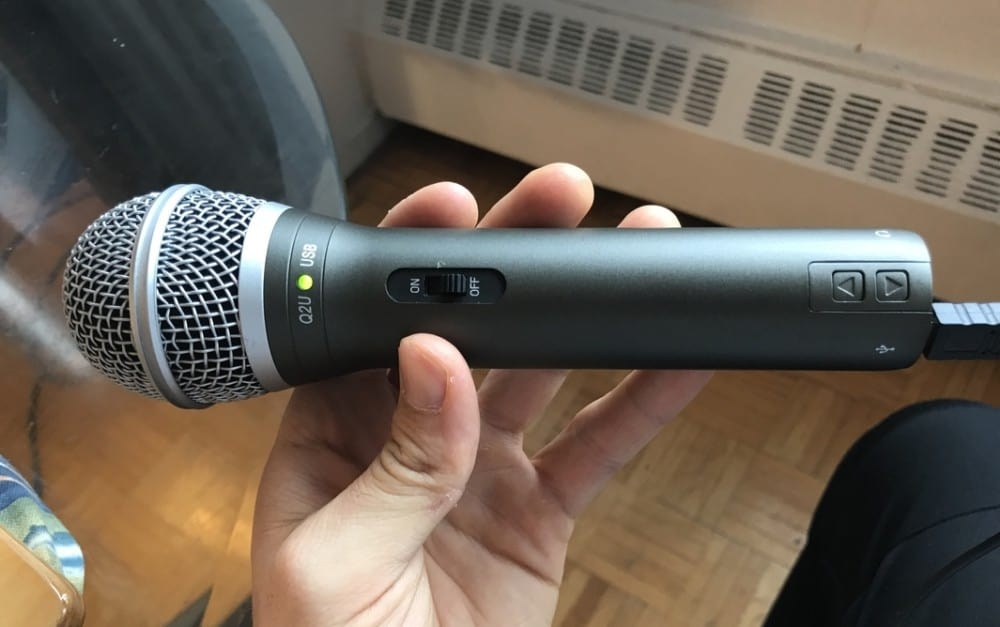
As I already mentioned above, USB mics such as my favorite the Samson Q2U (on my Product Page), typically use the condenser transducer type. This means there is a movable diaphragm in the microphone that responds to the sound pressure from a person’s voice or the pressure produced by an instrument.
The diaphragm moves around inside of the microphone capsule, continuously changing the distance between the front and backplate and creating an electrical charge in the process.
This electrical charge is handled by the next part of the mic, the active impedance converter, and then an audio signal is sent out of the mic and it’s ready to be interpreted by the audio interface connected to a computer.

What makes a USB condenser microphone different from a regular condenser microphone is the fact that condenser mics don’t have an A/D converter built right into them, so you typically need an external sound card (also called an audio interface) to convert the analog sounds into digital sounds.
The USB condenser microphone takes that electrical charge that I mentioned in the previous paragraph, and through the A/D converter, translates the analog information into digital information, a language that the computer can understand.
Without the A/D converter, the analog information would stay the way that it is and the computer would have no way of interpreting the information.
How Phantom Power Works for USB Condenser Mics
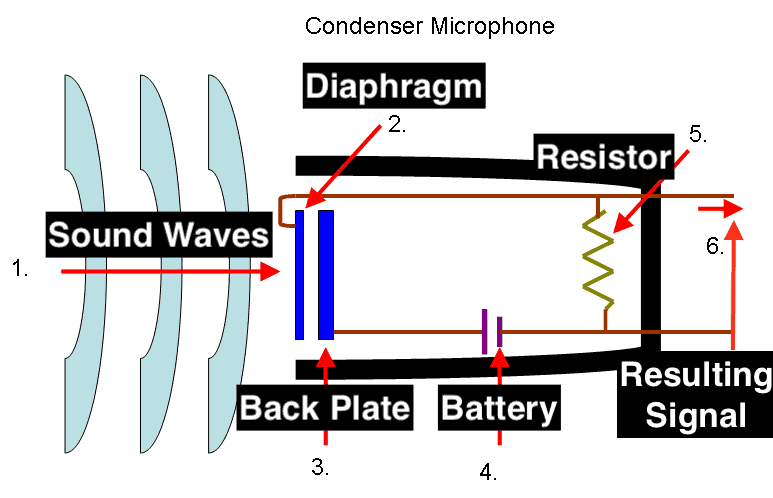
Condenser microphones have inside the capsule (the main component of the mic) two plates, a front plate, and a backplate, and there needs to be a continuous charge across both of them in order for it to function properly.
Getting this electrical charge can be done in a number of ways, including via internal batteries or an external power supply unit of some kind, also called phantom power.
As the title suggests, USB condenser microphones use a USB cable to power the microphone, however, there is only +5 VDC of power provided to it, which isn’t enough to power the condenser capsule.
For this reason, USB Condenser mics use what’s called an electret capsule, which is just a component that holds a semi-permanent charge and polarization.
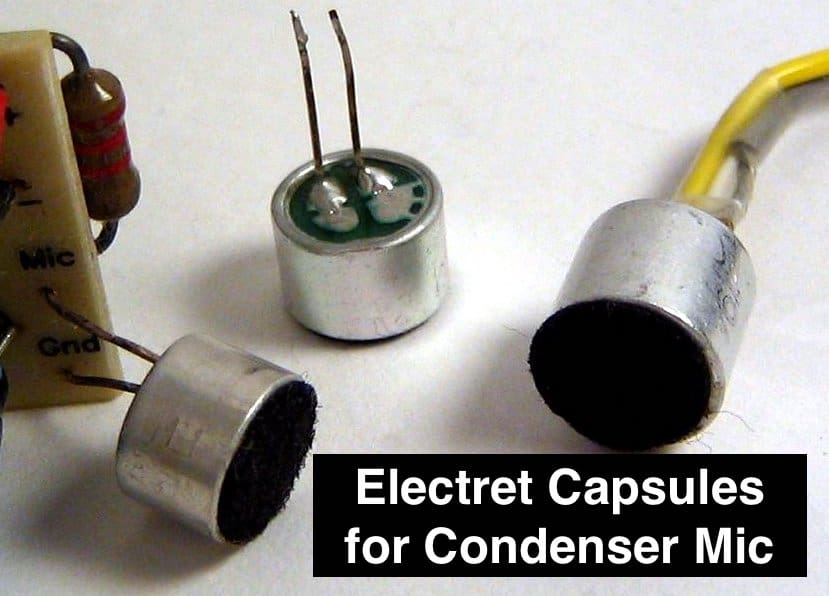
For a USB condenser microphone to work, there needs to be a high impedance that holds the electrical charge in place and ensures that it doesn’t slowly disappear.
The problem is that the audio signal could fade to nothing as it moves through the wire or the cable. For that reason, there needs to be an impedance converter following the diaphragm and the back/front plate.
Impedance converters attenuate the output signal from the capsule and make it functional. And in the case of the USB mic, after the impedance converter has processed the signal, it goes to the A/D converter, or the digital-to-analog converter, also known as an audio interface, which makes it ready for the computer.
According to My New Microphone, impedance converters need the power to work properly and this is achieved via the USB connection that you can clearly see on the mic.
To wrap everything up, the primary difference between a USB condenser and a regular condenser microphone is that the USB condenser has an impedance converter and an A/D converter built right into the mic, whereas the regular condenser doesn’t.
I think the next question is why anyone would want to use a USB microphone anyway, and more importantly, why not just use a different mic that doesn’t require the use of phantom power?
Purposes of a USB Condenser Microphone
Why Should I Use A USB Condenser Mic?
USB condenser microphones are a great addition to a home studio or a home office for a simple reason: they don’t require any XLR cables or audio interfaces.
What’s great about these devices is they’re ready to go the moment you pull one out of the box. It’s just as simple as connecting it to your computer kind of like what you can see in the image below.
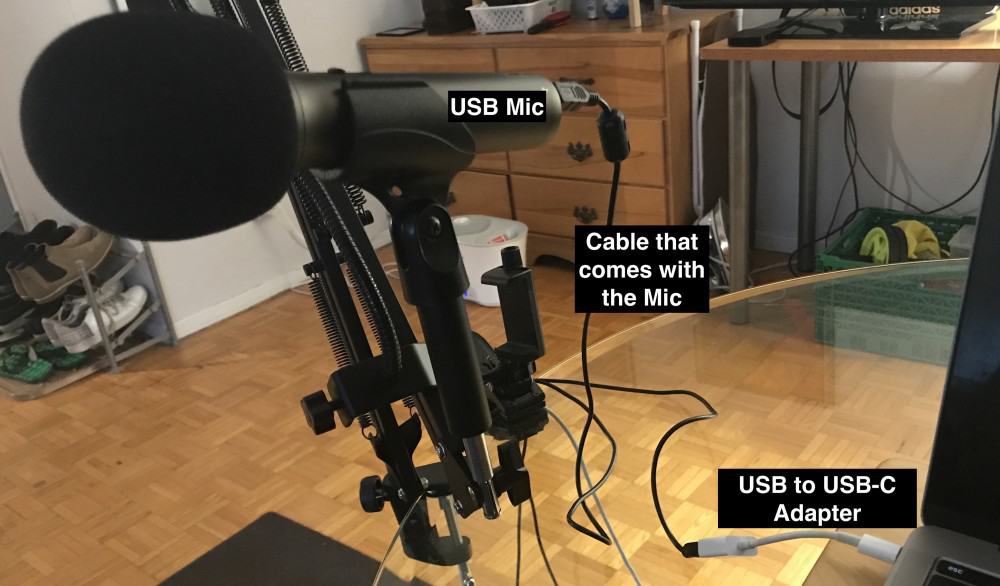
Nearly everything that is shown above came in the box with the Samson Q2U, with the exception of the USB-to-USB-C adapter (and the boom arm).
All you really need is the USB cable and the mic, itself, and then it’s ready to rock. If you have a newer computer, however, you’ll probably need the adapter. But if you’re a Mac owner, there’s already a good chance you already own one of these adapters anyway.
1) Conference Calls, Work Meetings, Professional Settings

Due to the global situation at the moment, there are a lot of people working from home, and many of these individuals have to communicate with their employers and co-workers via Zoom and other internet communication systems.
USB condenser microphones are great for this because, as I said above, they’re good to go straight out of the box.
If you ever have to speak with others over Zoom and you want to make sure that you’re clearly heard and understood, a USB microphone is a good choice. More importantly, I think that using a USB microphone communicates that you’re a serious person who cares about participation and getting your message across.
2) Vocals

If you know anything about music production and recording, you probably know that one of the most common mics that engineers use for recording singers is the condenser microphone like the budget-friendly Audio Technica AT2035 for instance.
The reason for this is that condenser mics are more detailed and have a wider frequency response, so they’re great for picking up on all of the subtleties of a person’s voice.
USB microphones are the same way, (although not as good) because they use the same condenser transducer. Microphones such as the Samson Q2U (my review) are fantastic for recording not only vocals but also for when you need to speak with your boss.
If you have a little more money to burn, you could grab something like the Shure MV7 instead.
3) Acoustic Instruments

Condenser microphones are also great for recording acoustic performances because of their ability to capture detail and nuance, in addition to their fairly wide frequency response.
They’re especially apt at picking up on all of those intricacies of one’s playing, including the pick attack, the term that describes when the player’s finger or pick hits the strings.
Condenser mics have a fast transient response, which means they’re very capable of picking up on the explosive, short, bursts of energy that are produced by particular instrument types (more on that in my guide).
For example, when a drummer smashes their stick against a cymbal, there is a loud burst of energy, and condenser mics are the best at picking up on these fast energy types.
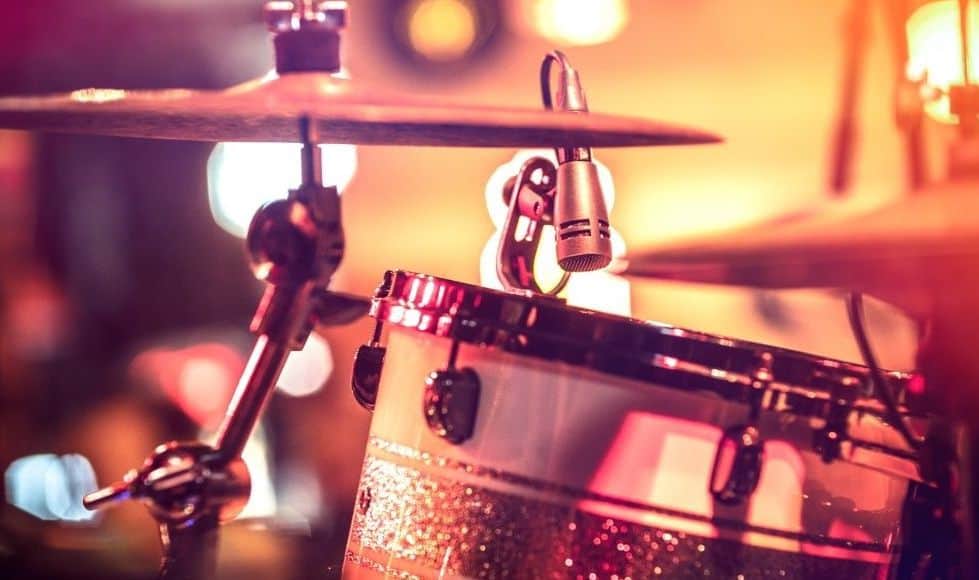
USB condenser mics are great for people who just need a simple, great-sounding mic with minimal extraneous gear and equipment. I actually use my Samson Q2U more than any other mic, just because I regularly make YouTube videos and other content, so I have mine connected to my boom arm at all times.
However, if I were to record acoustic guitar or vocals, I would not use the Samson Q2U anymore, just because I own other mics that are made explicitly for recording these instruments. Instead, I’d use something like the Audio Technica 2035 for vocals and then an Audio Technica 2021 (also on Amazon) for acoustic guitar recording.
With that said, using a USB condenser mic for these things is still going to sound good. It certainly won’t sound bad, it’s just not the best possible option if you have money to burn on other, more superior, and targeted mics that are designed for these specific purposes. More on that in just a second.
Important Things to Note About USB Condenser Mics
1) A (Regular) Condenser Mic is Better
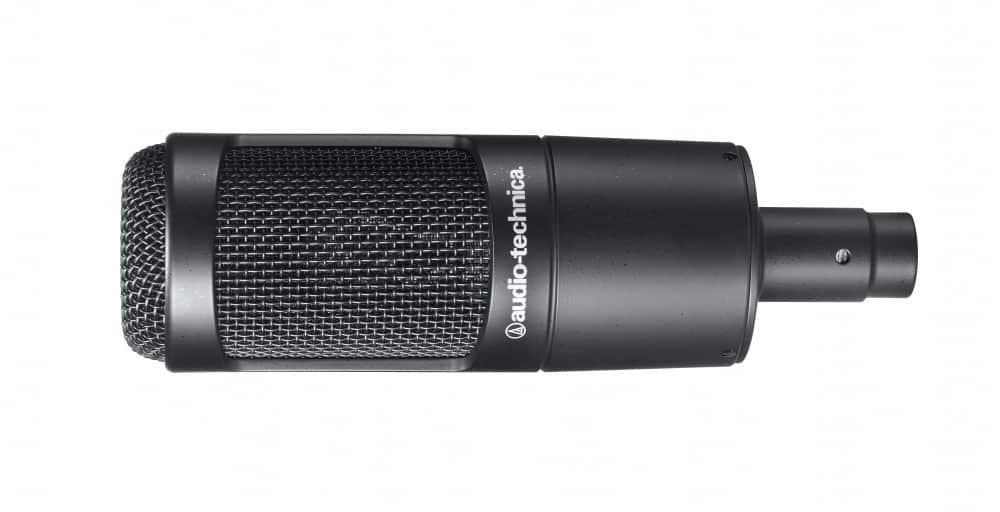
While USB condenser mics are great at what they do, if you’re serious about getting high-quality recordings for music production, you’re better off to get a regular condenser microphone that doesn’t have an A/D converter and isn’t powered via USB cable.
In other words, a normal condenser mic like the AT2035 or 2020 which I’ve linked below.
One of the reasons for this is that regular mics don’t have the A/D converter built into them, and thus, more money and resources can be spent on just making a solid condenser microphone, rather than optimizing the mic for multiple situations, ie, when you don’t have an audio interface handy.
Either way, microphones are one of those things where you can never own too many of them.

 Written By :
Written By :